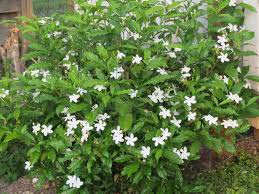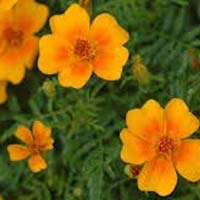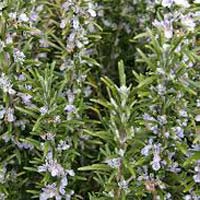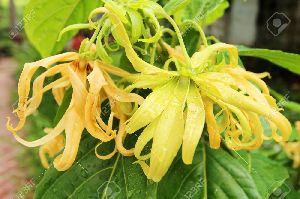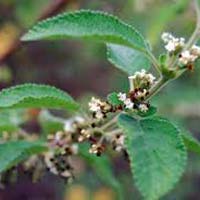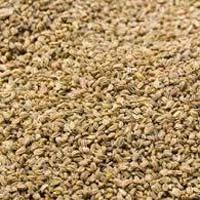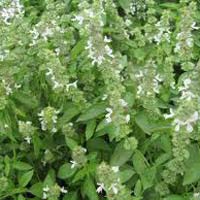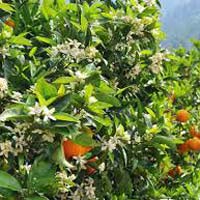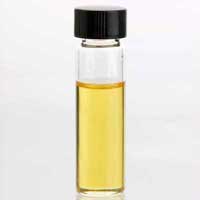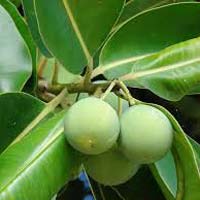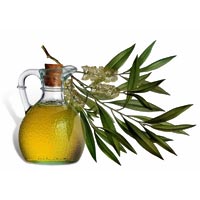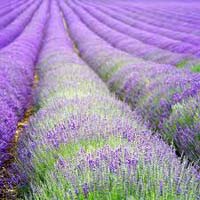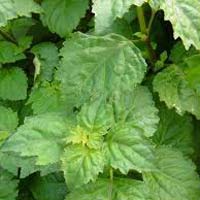08047022769 mayankmv@yahoo.co.in
Jasmine Oil
| Business Type | Manufacturer, Exporter, Supplier, Retailer, Wholesaler |
| Application | Anti Dandruff, Anti Hair Fall |
| Shelf Life | 1year |
| Color | Pale Yellow, White |
| Click to view more | |
Preferred Buyer From
| Location | Worldwide |
Product Details
Feature
Hair Color-protection, Hair Growth
Packaging Size
100ml, 200ml
Fom
Liquid
We are a Manufacturer, Supplier and Exporter of Jasmine Oil. In synchronization with global quality standards, we make use of top-grade raw materials in manufacturing process. You may also get it delivered at your doorstep at request. Its optimum formulation, high effectiveness and reliability rapidly boost its demand all over the world. We provide it in protective packages. Get your hands on this quality for affordable rates.
Additional Information :
- Jasmine (taxonomic name Jasminum is a genus of shrubs and vines in the olive family (Oleaceae). It contains around 200 species native to tropical and warm temperate regions of Europe, Asia, and Africa. Jasmines are widely cultivated for the characteristic fragrance of their flowers. A number of unrelated plants contain the word 'Jasmine' in their common names (see Other plants called 'Jasmine').Jasmines can be either deciduous (leaves falling in autumn) or evergreen (green all year round), and can be erect, spreading, or climbing shrubs and vines. Their leaves are borne opposite or alternate. They can be simple, trifoliate, or pinnate. The flowers are typically around 2.5 cm (0.98 in) in diameter. They are white or yellow in color, although in rare instances they can be slightly reddish.
- The flowers are borne in cymose clusters with a minimum of three flowers, though they can also be solitary on the ends of branchlets. Each flower has about four to nine petals, two locules, and one to four ovules. They have two stamens with very short filaments. The bracts are linear or ovate. The calyx is bell-shaped. They are usually very fragrant. The fruits of jasmines are berries that turn black when ripe. Jasmines are native to tropical and subtropical regions of Asia, Africa, and Australia.
- Among the 200 species, only one is native to Europe. Their center of diversity is in South Asia and Southeast Asia. Although not native to Europe, a number of jasmine species have become naturalized in Mediterranean Europe. For example, the so-called Spanish jasmine or Catalonian jasmine (Jasminum grandiflorum) was originally from Iran and western South Asia, and is now naturalized in the Iberian Peninsula.
- Species belonging to genus Jasminum are classified under the tribe Jasmineae of the olive family (Oleaceae).Jasminum is divided into five sections�Alternifolia, Jasminum, Primulina, Trifoliolata, and Unifoliolata. Widely cultivated for its flowers, jasmine is enjoyed in the garden, as a house plant, and as cut flowers. The flowers are worn by women in their hair in southern and southeast Asia. The delicate jasmine flower opens only at night and may be plucked in the morning when the tiny petals are tightly closed, then stored in a cool place until night.
- The petals begin to open between six and eight in the evening, as the temperature lowers.Jasmine syrup, made from jasmine flowers, is used as a flavouring agent.Many species also yield an absolute, which is used in perfumes and incense. Its chemical constituents include methyl anthranilate, indole, benzyl alcohol, linalool, and skatole. Jasmine gave name to the jasmonate plant hormones as methyl jasmonate isolated from the jasmine oil of Jasminum grandiflorum led to the discovery of the molecular structure of jasmonates.
- There is saying that “ No perfume without Jasmine”, very true if you consider that almost all fragrances do contain a touch of this exquisite odour. The odour of Jasmine is heady sensual deep and intoxicating. There are so many facets to a jasmine odour that it is impossible to describe in words. Three types of Jasmines that are used in Perfumery are Jasmine Grandiflorum, Jasmine Sambac and Jasmine Auriculatum. Grandiflorum and Sambac are the two most used. Whereas Grandiflorum has a deep sweet jam like odour sambac is green and calyx like.


